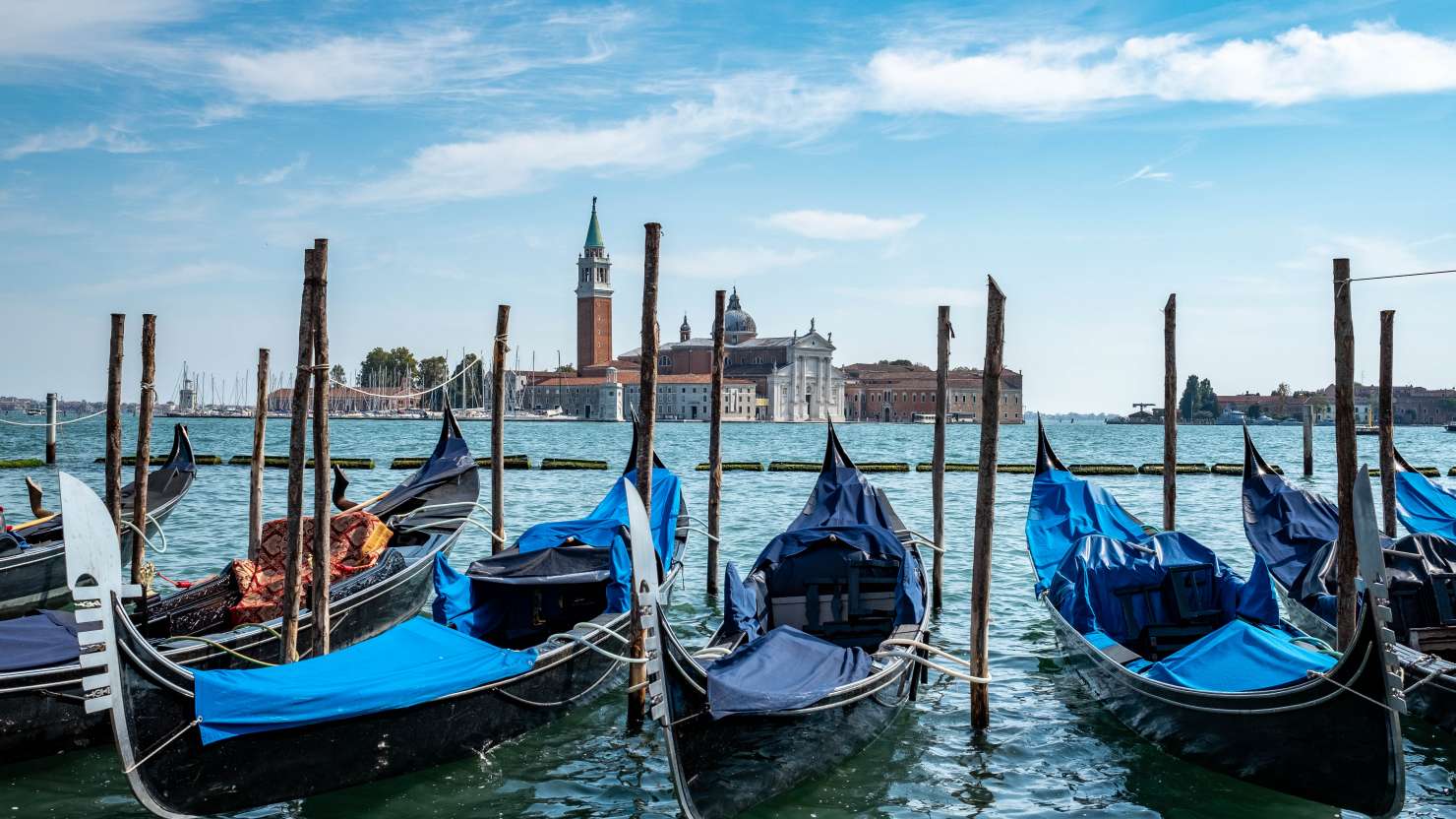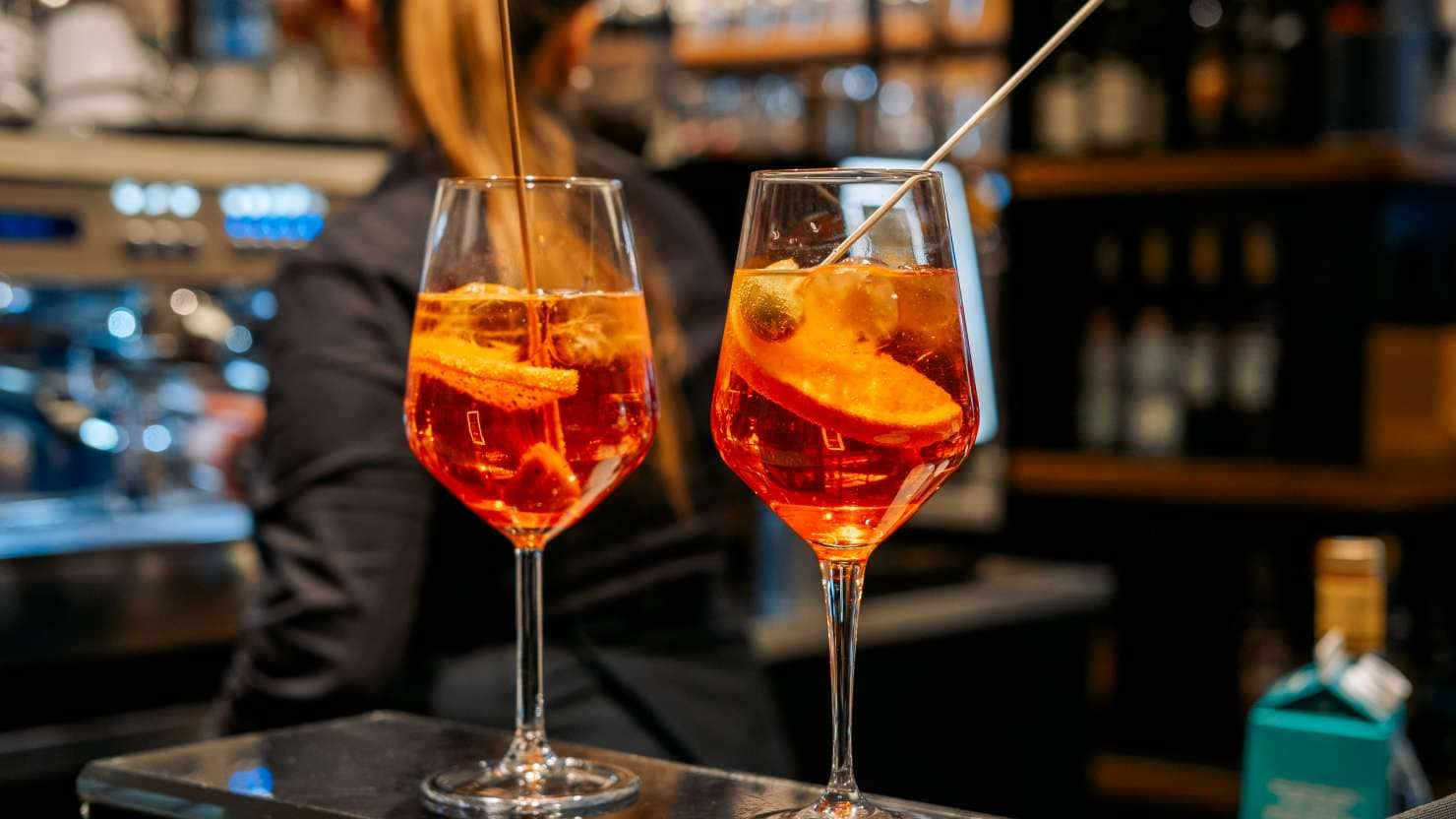Follow Arcadia around the world
Explore more on Destinations

Beyond the beauty of the canals, campi and courtyards, there’s even more on a cruise holiday to Venice than meets the eye. Yolanda Zappaterra gives us an insider’s guide to this captivating Italian city
Thoughts of Venice immediately bring to mind beautiful bridges, opulent piazzas and gondoliers traversing narrow canals. But beyond the more conventional attractions lies a city waiting to be discovered – if you’re willing to take the road less travelled.
On a cruise holiday to Venice, you can take in the city’s key destinations while also delving deeper to experience a more ‘authentic’ Venice. Here, we offer an insider’s guide on what to see, do, shop and eat in this extraordinary floating city.
Just a few hundred metres away from the bustling Piazzale Roma is one of the city’s most beautiful little campi, Campo San Giacomo dell’Orio, filled with little cafés, benches under shady trees and, occasionally, tango dancers elegantly dodging the central fountain.
To explore the more far-flung beaches of the popular Lido island, hire a bicycle from Lido on Bike (Gran Viale Santa Maria Elizabetta, 21b) and cycle to the tiny borgo of Malamocco, which has its own little square, church and bridge. As the one-time home of the Duke of Venice it has an illustrious past, but today it’s simply a gorgeous and peaceful mini-Venice.
For unbeatable views, head to the island church of San Giorgio Maggiore. At 63m, its campanile (bell tower) is one of the city’s tallest buildings. You can take a lift to the top, where on a clear day the superb panorama takes in the Lido, the whole lagoon and the Dolomites in the distance.

Venice is famous for its highly skilled artisans, who create everything from jewellery to paper to slippers, many employing centuries-old techniques that are still in use today. Murano glass, for example, has been made on the Venetian island of the same name since the 10th century, while the lace industry on Burano can be traced back to the 1500s. Try the Murano Glass and Burano shore excursion
The handmade slippers sold at Pied à Terre (Sotoportego degli Oresi, 60) are particularly special. Called furlane, they date back to the post-war years when they were made from old bike tires (which, conveniently for gondoliers, were non-slip and didn’t damage the boats’ paint) hessian and recycled dresses in cotton, brocades and velvet. The modern versions are mostly still made from recycled materials, but don’t be put off – this is stylish Italian footwear at its most comfortable.
Another long-established Venetian tradition is that of mask making, which dates way back to the 1200s and over time became synonymous with Venice’s famous Carnevale. Sergio Boldrin’s workshop, La Bottega dei Mascareri (San Polo, 80, Rialto Bridge; San Polo, 2720, Calle Dei Saoneri) is one of the oldest mask-making ateliers in Venice. ‘The mask is a symbol of Venice,’ he says. ‘Our city is very deep and changeable. Like the mask, there is both the face to the world and the personality that lies beneath, waiting to be revealed. Many people see just one aspect of Venice when they come here, but there are many levels.’

As you’d expect on a cruise to Italy, pasta and risotto feature heavily on the menu. In Venice they’re particularly fond of al nero di seppia, or squid ink, which imparts a delicious briny flavour. Or try bigoli in salsa: wholewheat bigoli (long, spaghetti-like tubes) with onions and sardines or anchovies.
The city is a seafood-lover’s paradise. Local delicacies include sarde in saor (sweet-and-sour sardines cooked in a tangy sauce of vinegar, onions, pine nuts and raisins) and moeche – fried soft-shell crabs that are only available in the spring and autumn when they briefly shed their shells.
When in Venice, the pre-dinner aperitivo is a must. Popular choices of drink include a glass of local prosecco, an ombra (a small glass of red or white wine knocked back like a shot) or a spritz, made with white wine, Aperol or Campari and soda.
Part of the aperitivo tradition is cicheti, small bar snacks served in the bacari (wine bars). Raw fish and oysters are a speciality, along with cured meats and cheeses. These tapas-style dishes are some of the best food to be found in Venice, so it’s well worth crawling from one bacari to another to sample what’s on offer.
For sweet treats, visit one of the many pasticceria specialising in cakes, pastries and dolci, such as the city’s famous little fried doughnuts, frittelle alla Veneziana, that pair perfectly with coffee. And, of course, there’s gelato. Follow the locals’ example and savour yours on a passeggiata, the evening walk beloved by all Italians.

of
Don’t miss out! Sign up for latest news, offers and competitions from P&O Cruises.